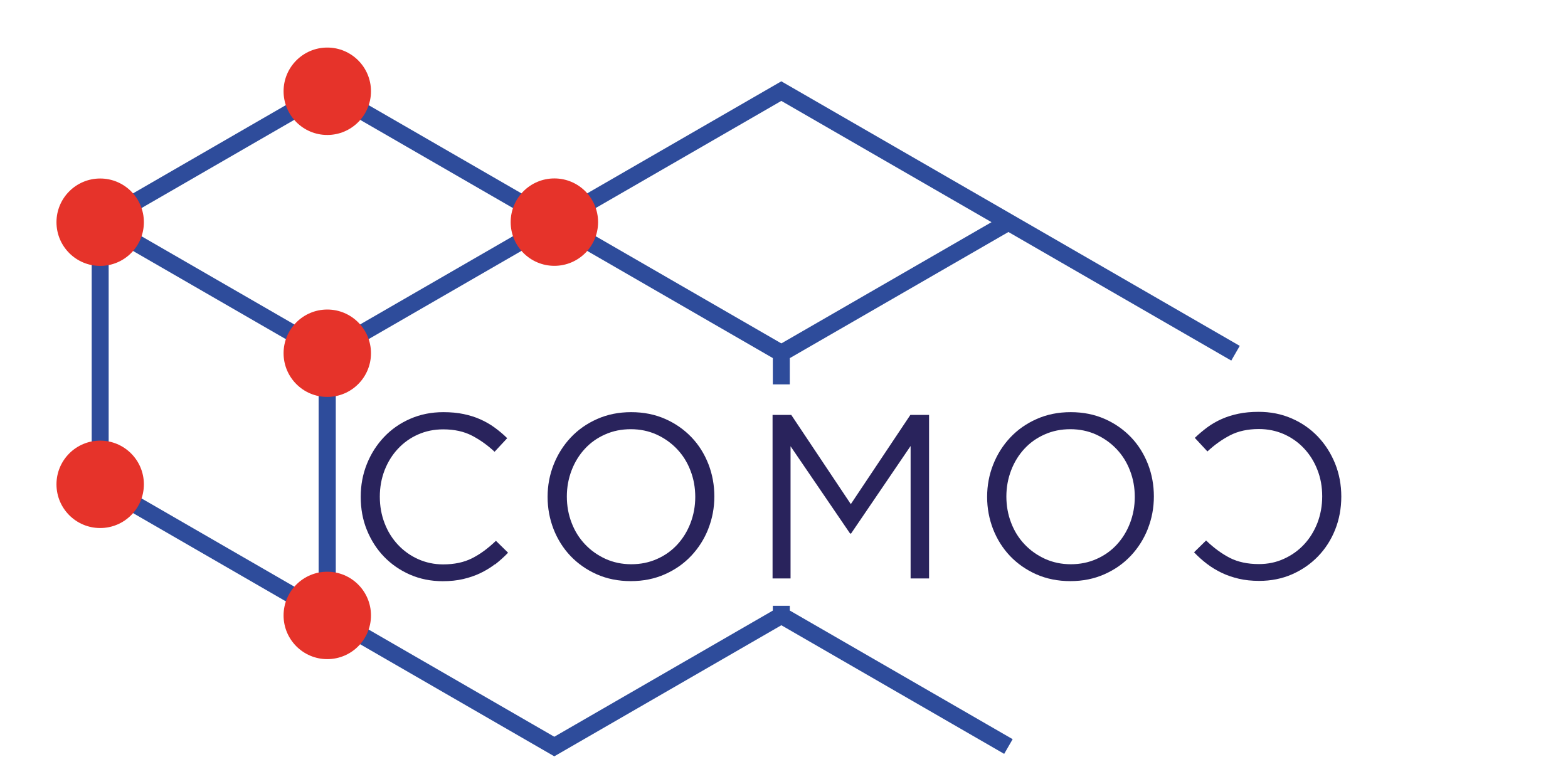Electrocatalysis
Custom gas diffusion electrodes based on covalent organic frameworks for stable CO2 reduction
Andreas Laemont - andreas.laemont [at] ugent.be
Electrochemical CO2 reduction is a green and scalable way of converting CO2 to base chemicals such as carbon monoxide or formic acid. Intense research efforts are spent to discover new electrocatalysts for his process. In comparison, far less attention is spent on the design of the gas diffusion electrode (GDE). Recent publications have shown that specialized GDEs are vital for stable performance of large-scale CO2 reduction. Up till now, the most common GDEs used in CO2 reduction are based on carbon cloth or carbon paper, coated with a hydrophobic PTFE layer. Under operation at industrially relevant current densities, these materials suffer from flooding: electrolyte perspires through the hydrophobic layer and prevents CO2 from reaching the catalyst. This research aims to create a new class of GDEs, based on covalent organic frameworks grown directly on a current collector. Owing to their chemical stability and high porosity (up to 3000 m2/g), these materials will increase the overall reaction rate by providing a high influx of reagents to the catalyst which does not decrease over time as a result of flooding. Furthermore, the chemical structure of the covalent organic frameworks will be tuned to incorporate groups which non-covalently bond with CO2, lowering the overpotential for CO2 reduction and increasing the selectivity towards one specific endproduct.
Redox active porous materials: fundamentals and applications
dr. Jeet Chakraborty - Jeet.Chakraborty [at] UGent.be
“I am developing porous materials with tunable redox properties for heterogeneous photo and electrocatalysis. Particularly, green and sustainable synthesis of value-added organic compounds, CO2 utilization, and green hydrogen and peroxide production from water are of great interest. I am trying to understand the fundamentals of charge and energy transport in the materials during these reactions. For more information, cf. https://jeet-chakraborty.owlstown.net”
Synthesis of COF/MOF for electrocatalytic applications
Rundong Wang - Rundong.Wang [at] UGent.be
Electro-organocatalysis, as an innovative and promising approach to synthesizing organic compounds, has attracted considerable attention in recent years. Unlike traditional chemical methods, this technique uses electrical energy to drive chemical reactions, providing access to reaction pathways and chemical intermediates that are otherwise difficult to achieve. By overcoming the kinetic and thermodynamic challenges often encountered in conventional organic synthesis, it opens new possibilities for advanced chemical transformations. Notably, it enables the controlled generation of highly reactive radical and radical ion intermediates under mild conditions, allowing precise control over their formation and reactivity. Our research focuses on improving the activity of COF-based materials for electro-organocatalysis by modifying the electro-double layer and employing other electrochemical techniques.


.jpg)